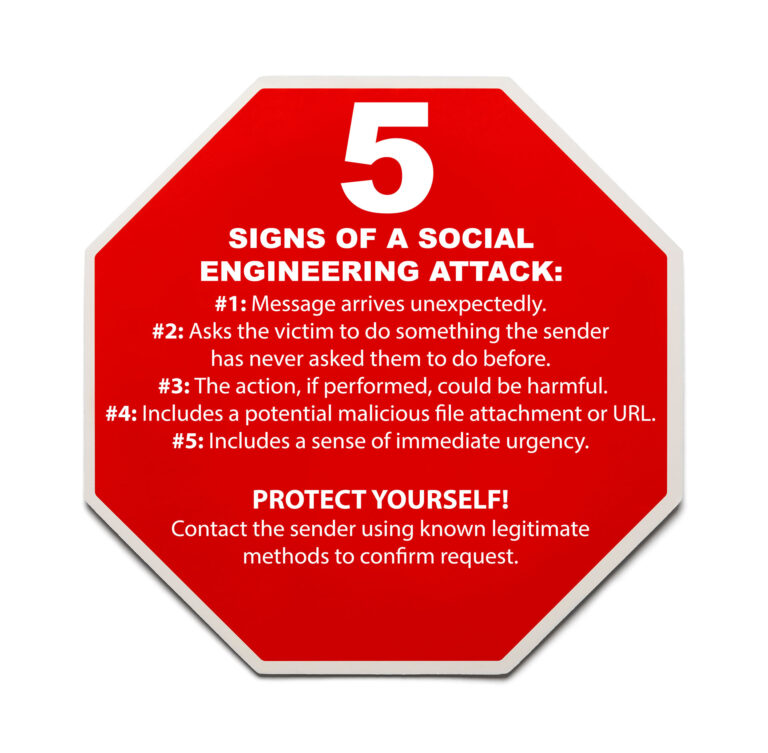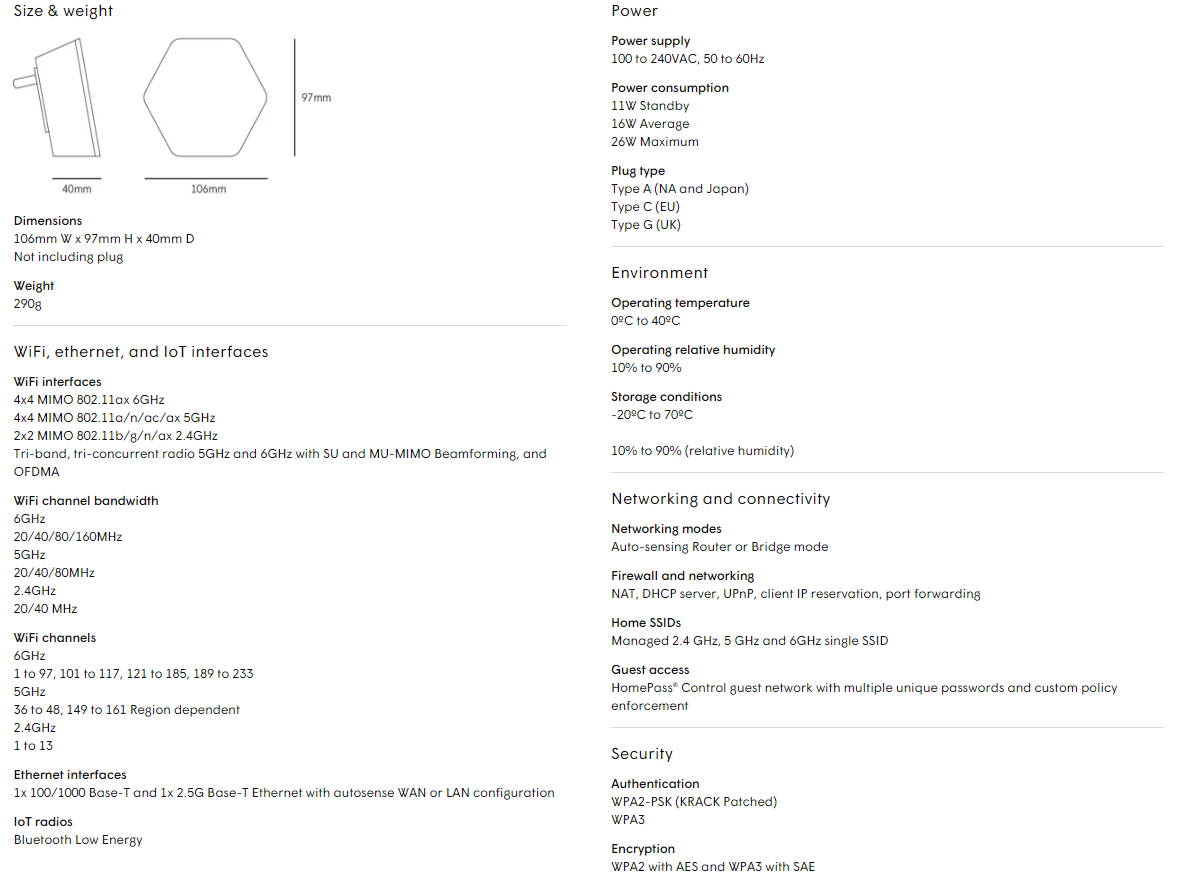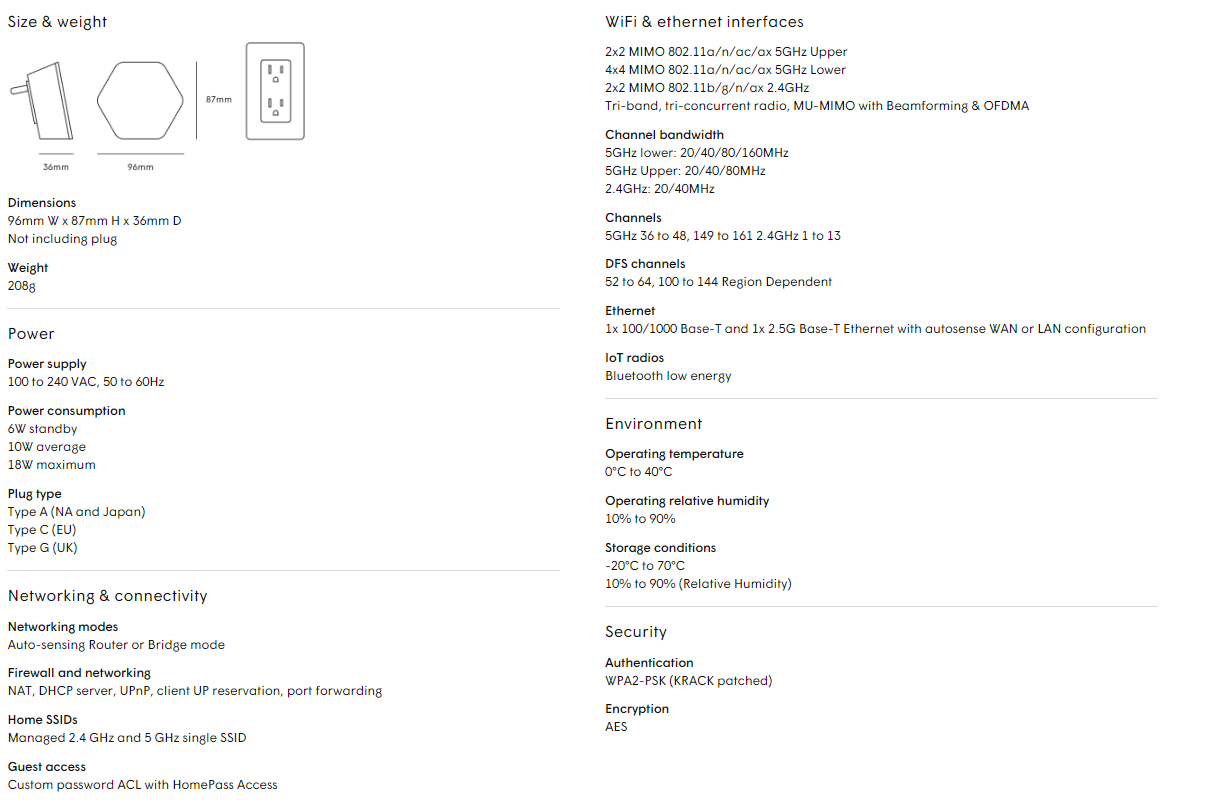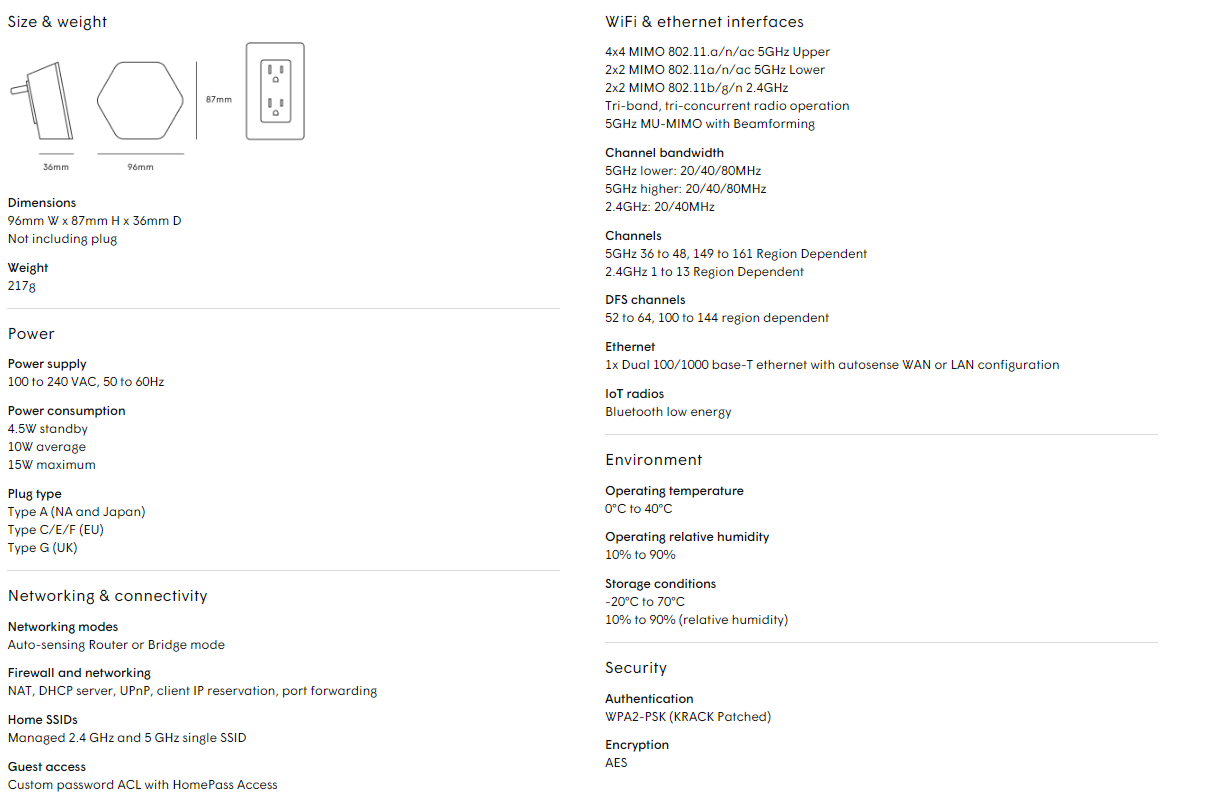New innovations in technology are being developed at a rapid rate. But new technology comes with new risks. Let’s go over some examples of how technology will change in the future and ways you can stay safe.
5G Cellular Networks
You may think a cellular network is only used for cell phones, but it can also be used for GPS devices, wifi hotspots, logistics tracking, and more. 5G stands for the fifth generation of cellular networking. In short, 5G is a dramatically faster and more stable way to connect to the internet.
While this is great for connectivity, it could be a major struggle for cybersecurity. Current security monitoring methods may not be strong enough for the speed and amount of traffic created on a 5G network.
The Internet of Things
The Internet of Things, or IoT, is a network of connected devices designed to work together using an internet connection. A common example of this is the use of “smart” devices in the home. Smart devices connect and communicate with one another using your wifi network. IoT is being used and developed across a number of industries, from healthcare to logistics.
Each device within an IoT network is a potential risk. As more devices are connected to one another, an organization’s attack surface grows. Meaning, there are more targets for cybercriminals to attack and more points of entry to protect. As these networks grow, it is essential that cybersecurity measures grow with them.
Safety Tips for Now and Later
- Stay Informed
No matter what the future holds, it is always harder to fool an educated person. Follow trusted news and media outlets for the latest updates in technology and cybersecurity. - Be Suspicious
As technology changes, cybercriminals will find new ways to attack. If something doesn’t look or feel right, report it. It is better to be safe than sorry!
Time Travel to the Past
Maybe technology isn’t quite there yet, but you can use classic communication to outsmart cybercriminals. For example, if you receive a suspicious email, reach out to the sender by phone to verify that it’s legitimate.
Stop, Look, and Think. Don’t be fooled.









